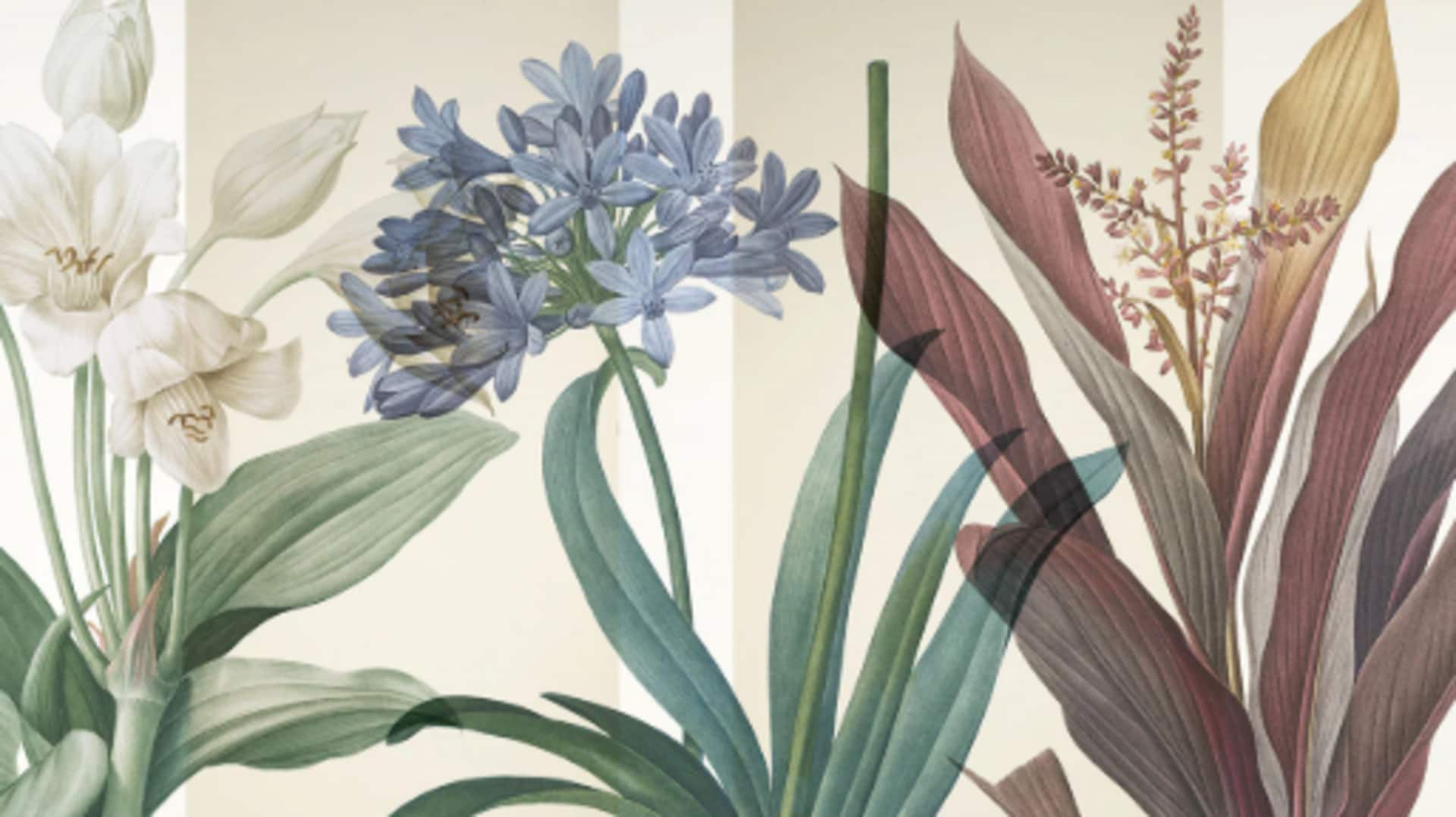
What is so special about botanical art?
What's the story
Botanical art is a unique fusion of art and science, focusing on the accurate depiction of plants. It has been practiced for centuries, serving both aesthetic and educational purposes. From ancient manuscripts to modern illustrations, botanical art has evolved, but the core of it remains the same - precision and detail. This article delves into the history, techniques, styles, and significance of botanical art.
#1
Historical roots of botanical art
The history of botanical art dates back to ancient civilizations where plants were illustrated for medicinal purposes. In ancient Egypt, for example, drawings of plants were included in medical texts. The Renaissance period saw a surge in botanical illustrations as explorers brought back new species. Artists like Pierre-Joseph Redoute became famous for their detailed flower paintings.
#2
Techniques used in botanical art
Botanical artists use various techniques to capture the essence of plants. Watercolor is a popular medium due to its ability to portray delicate textures and colors. Pencil sketches are often used as preliminary studies before moving on to paint. Some artists also use digital tools to create precise illustrations that can be easily reproduced.
#3
Styles in botanical art
Botanical art comes in various styles, each with its own unique charm. Realism is all about capturing the plant as it is, with utmost detail. While some artists prefer a more stylized approach, focusing on the beauty and form of the plant rather than exact representation, others combine scientific accuracy with artistic expression. They create unique pieces that are both informative and visually appealing.
#4
Significance of botanical art today
Today, botanical art is important for conservation and education. It documents plant species that are in danger of extinction, providing a visual record for future generations. It also features in museums and galleries, inspiring people to appreciate plant diversity. Through exhibitions and publications, botanical artists continue to contribute to our understanding of the natural world.